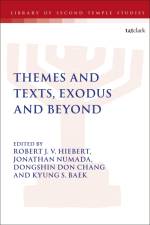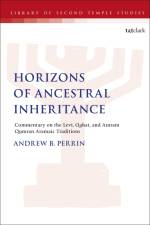av Robert J V Hiebert
2 081
This volume of essays is focused on the significance of the book of Exodus for studies in the Septuagint, Second Temple Jewish literature, the New Testament, and Christian theology. A diverse group of scholars from various parts of the world, many of whom are well-known in their fields, employs a range of methodologies in the treatment of text-critical, linguistic, literary, historical, cultural, exegetical, intertextual, and theological topics. Parts of the relevant literary corpus that are dealt with in relation to the book of Exodus include Genesis, Leviticus, Deuteronomy, Psalms, Zechariah, 3 Maccabees, the Gospels of Matthew and Mark, the Epistles of 1 Thessalonians, Hebrews, and 1 Peter, as well as the Dead Sea Scrolls. This book will be a valuable resource for scholars and students in the areas of biblical and theological studies, as well as clergy.The distinguished contributors include Emanuel Tov, Albert Pietersma, Daniela Scialabba, Craig A. Evans, James M. Scott, Martin G. Abegg Jr., and Wolfgang Kraus.


